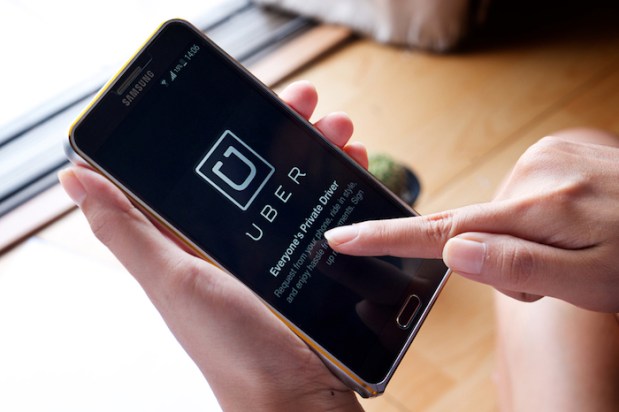Can Upfront Pricing Disarm Uber’s Biggest Rivals?

It’s an odd testament to Uber’s rise that almost everyone nowadays has at least one surge pricing horror story. Whether it’s to get across town in time for a meeting or to get home at the end of the night, Uber’s customers are more than familiar with the experience of accepting inflated fare and then doing mental gymnastics en route to find out the exorbitant total.
While profitable no doubt, surge pricing has been a PR-shaped thorn in Uber’s side for years. Now, they’re seeing what happens when they do without it.
Uber has begun quietly testing out upfront guaranteed fares on its UberX platform in several cities around the globe. In the U.S., riders in Miami, San Diego, Philadelphia, Seattle, New Jersey and New York join those in New Delhi, Kolkata, Mumbai, Hyderabad and Chennai, India, as the first to try Uber without the customary sense of sticker shock that ends more than a few rides before they even begin.
“Upfront fares are calculated using the expected time and distance of the trip and local traffic, as well as how many riders and nearby drivers are using Uber at that moment,” Uber said in a statement. “And when fares go up due to increased demand, instead of surge lightning bolts and pop-up screens, riders are given the actual fare before they request their ride. There’s no complicated math and no surprises: passengers can just sit back and enjoy the ride.”
This isn’t completely foreign territory for Uber, as it’s UberPOOL service has charged riders upfront fares since its inception. But by the company’s own admission, UberPOOL rides account for just 20 percent of all pickups and dropoffs, and a real-world test of how its riders respond to a ride-sharing reality free from a veneer of obscured prices will give Uber more feedback. It’s also worth noting that Uber will not abandon surge pricing that both the company and its drivers seem to love so much. Fares will change automatically depending on all the regular influences, but would-be riders are no longer prompted to accept the higher fare.
The experiment that throws consumers headlong into the fray of dynamic pricing comes at an interesting time for Uber, especially as far as municipal regulations are concerned. It’s been a little over a month after both it and Lyft left Austin, Texas, as a result of new restrictive policies and a failed multimillion dollar campaign to vote them down. Instead of being bereft of ride-sharing services, though, Austin is drowning in them — Get Me, Fasten, Fare, and the nonprofit operation RideAustin as well as airport-specific Wingz, have all stepped in to fill the vacuum, and with no surge pricing on any platform, they’re giving riders a taste of life without unexpected fares.
“Not having that margin to give to investors will allow us to keep prices competitive and our drivers happy by paying them more,” RideAustin spokesman Joe Deshotel told Mashable.
Service in Austin, according to reports, may not be up to the level of convenience that most riders would expect of Uber, but the more lax pricing policies of these anti-Uber competitors are giving more riders in the real world the opportunity to test out a different type of ride-sharing company. There’s a real power in being a market leader, and Uber has done well to hold onto it for so long, but it’s almost impossible to keep a lid on closed ecosystems with tension-causing devices like obscure surge pricing practices constantly ratcheting up the pressure.
